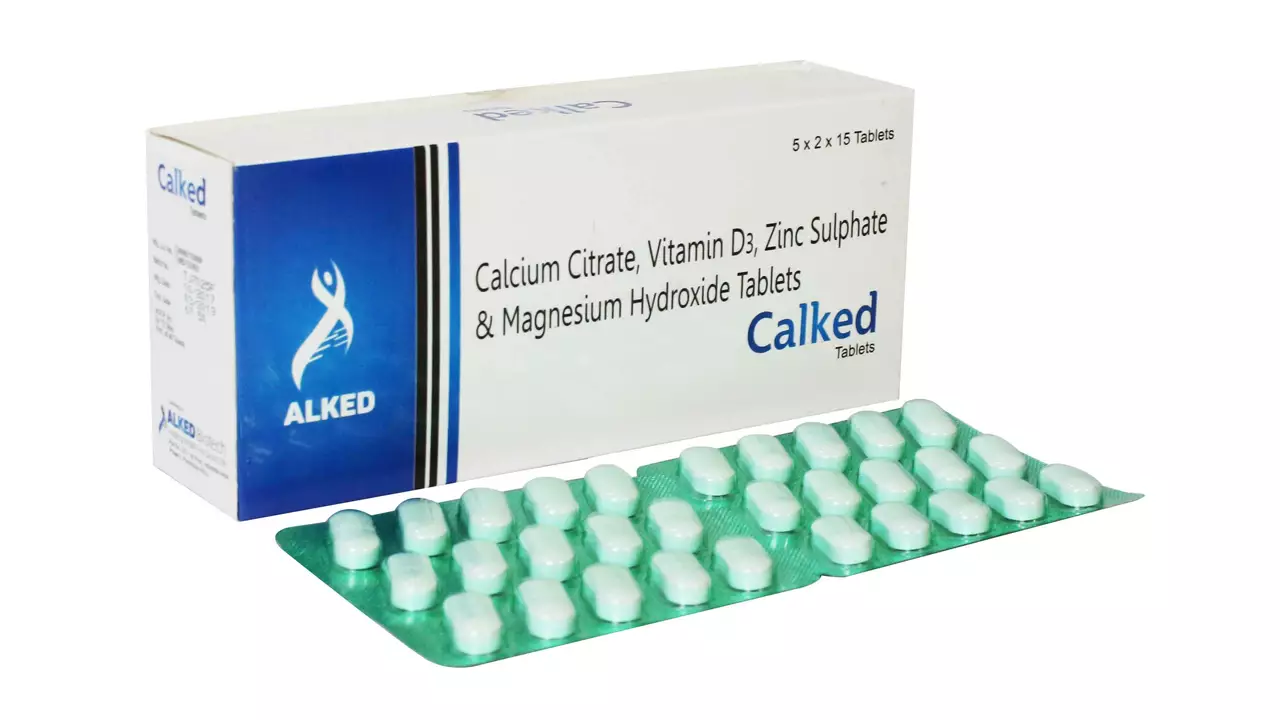Acid Reflux Relief That Actually Helps
Heartburn and acid reflux are annoying. The good news: small changes can make a big difference fast. Below you’ll find practical fixes you can try today, safe over-the-counter options, and a quick guide to when you should see a doctor.
Quick daily fixes
Start with what you can control. Eat smaller meals more often instead of big heavy plates. Wait 2–3 hours after eating before lying down or sleeping. Raise the head of your bed 6–8 inches or use a wedge pillow so gravity keeps stomach acid down. Wear loose clothing around your waist—tight belts and jeans push on your stomach and trigger reflux.
Watch your triggers: common offenders are coffee, alcohol, chocolate, peppermint, fatty or fried foods, tomatoes, citrus fruits, and spicy meals. Keep a short food diary for 1–2 weeks to spot which items consistently cause symptoms. If you smoke, quitting lowers reflux and helps the LES (lower esophageal sphincter) work better.
Medicine options and safe use
For occasional heartburn, antacids (calcium carbonate, magnesium hydroxide) can neutralize acid fast—use as labeled. For frequent or predictable episodes, H2 blockers like famotidine can reduce acid production for several hours. Over-the-counter proton pump inhibitors (PPIs) such as omeprazole or esomeprazole are stronger and work best when taken daily for a short course under guidance.
There’s also an alginate product (brand examples include Gaviscon in some regions) that forms a barrier to keep acid from reaching the throat—helpful after meals. Don’t use PPIs for months without checking with a clinician; long-term use can have downsides and may need monitoring. If you take other medicines, check with a pharmacist—some drugs interact with acid reducers.
Try safe home aids too: chewing sugar-free gum after meals increases saliva and helps clear acid. Ginger and non-mint herbal teas can soothe digestion for some people. Avoid lying flat with a full stomach and skip late-night snacking.
When to call a doctor? See help if you have frequent heartburn (more than twice a week), trouble swallowing, unintentional weight loss, vomiting, or black/tarry stools. Chest pain that feels different or severe needs urgent evaluation to rule out heart problems. A doctor can check for GERD complications, suggest prescription meds, or refer you for testing like endoscopy when needed.
If lifestyle tweaks and over-the-counter drugs don’t control symptoms after a few weeks, make an appointment. A short, clear plan—diet changes, weight loss if needed, and the right medicine—often brings relief and prevents long-term damage.
Want more specifics or a printable checklist for your next doctor visit? Use the food diary and note how often you need antacids—that info helps your clinician make faster, better decisions.

How to use magnesium hydroxide to relieve acid reflux
In my recent blog post, I shared an effective way to alleviate acid reflux symptoms using magnesium hydroxide, a common antacid. I explained how it works by neutralizing the excess stomach acid that triggers this condition. I advised taking it as directed by your healthcare provider or as indicated on the product label. It's important to note that while it provides quick relief, it's not a permanent solution and lifestyle changes may be necessary. Lastly, I reminded my readers to always consult with their healthcare provider before starting any new treatment.
More Detail